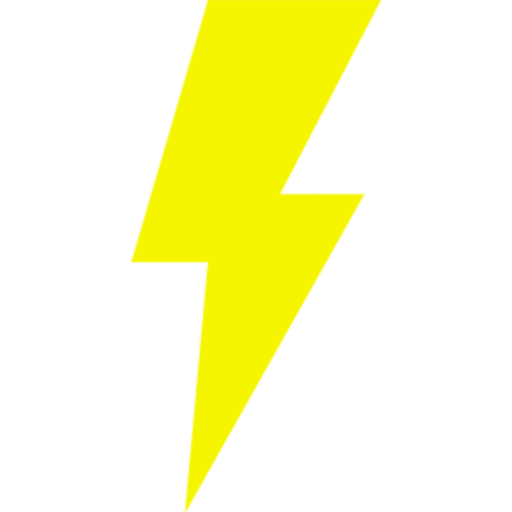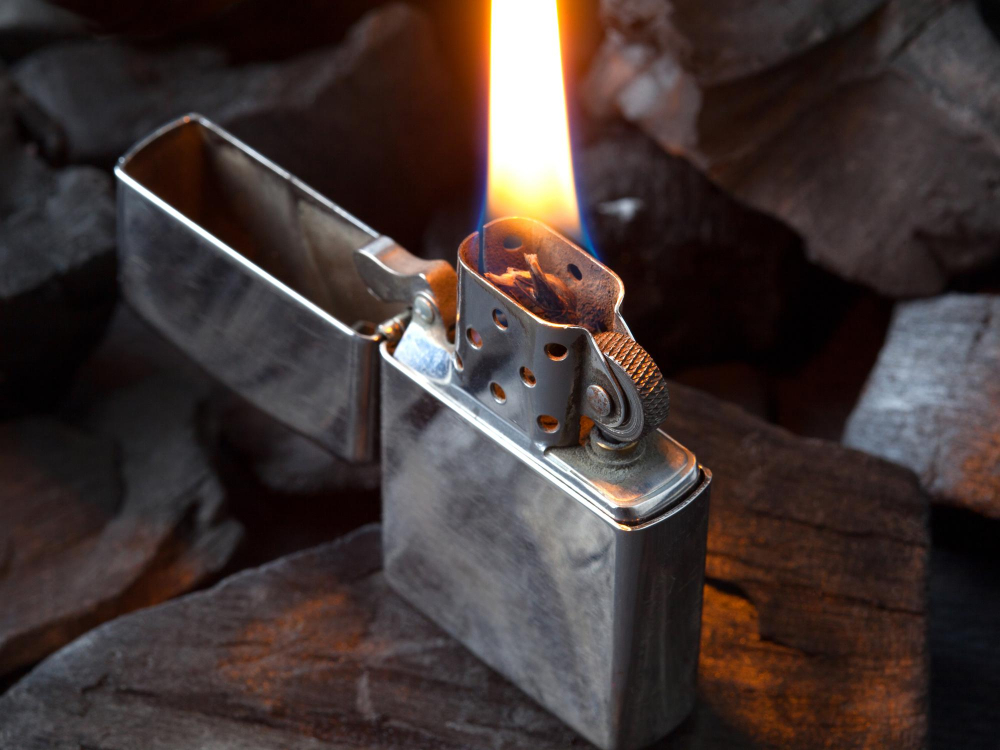From flickering candle flames in ancient times to modern lighters, these devices have played a crucial role in igniting moments throughout history. As technology advances, a new contender has emerged to challenge the traditional realm of lighters: the electric lighter. In this article, we’ll explore the differences between old lighters and electric lighters, examining their functionality, charm, environmental impact, aesthetics, collectibility, pricing, and the potential future of lighters in a rapidly evolving world.
- The significance of old lighters in history
- The invention of lighters: A brief history
- Lighters as a symbol of prestige and style
- Lighters in popular culture
- The rise of electric lighters
- Nostalgia and charm: The appeal of old lighters
- Old lighters vs. Modern: Comparing the functionality and convenience
- The Future of Lighters
- Conclusion
- FAQs
The significance of old lighters in history
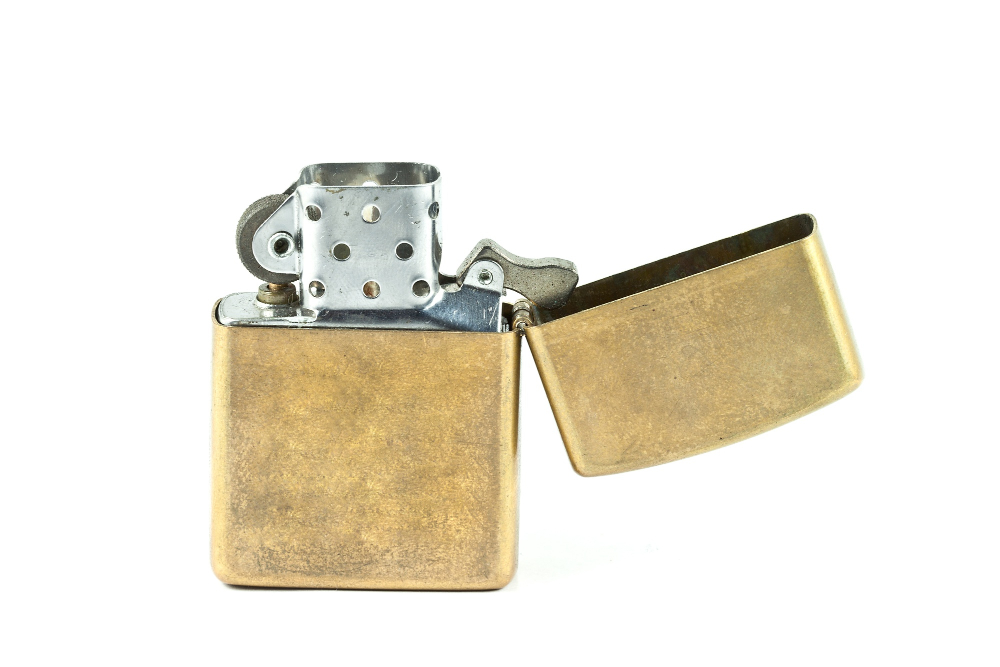
The invention of lighters: A brief history
The journey of lighters began with the invention of the wheel, sparking the flame that ignited the world’s fascination with fire. Over time, ancient civilizations refined the art of fire-making, leading to the evolution of various ignition methods. So, the first true portable lighter emerged in the 16th century, known as the flintlock lighter, which used flint and steel to generate sparks.
Lighters as a symbol of prestige and style
Throughout history, lighters have been associated with prestige and style. Once a luxury item reserved for the wealthy elite, lighters became a status symbol, reflecting one’s taste and refinement. The elegance of classic lighters, such as the iconic Zippo, continues to captivate enthusiasts and collectors today.
Lighters in popular culture
Lighters have left an indelible mark in popular culture, appearing in movies, music, and literature. From Humphrey Bogart’s iconic lighting of a cigarette to the rebellious rock stars igniting the stage, lighters have become a symbol of coolness and cinematic moments.
The rise of electric lighters
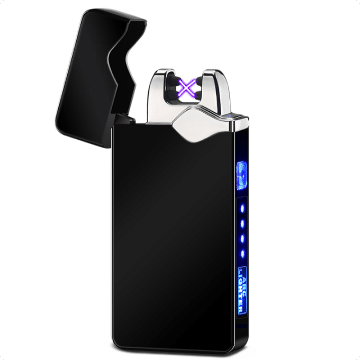
In recent years, electric lighters have disrupted the lighter industry. Replacing the traditional flame with electricity, these lighters offer a novel and convenient approach to ignition. Utilizing electrical arcs or plasma technology, electric lighters eliminate the need for fuel, making them a cleaner choice.
How electric lighters work: Understanding the mechanism
Electric lighters function through the creation of an arc or plasma generated by ionizing the air between two electrodes. This electrical current produces a high-temperature plasma beam that instantly ignites various flammable materials.
The advantages of electric lighters
Electric lighters boast numerous advantages over their traditional counterparts. They provide a windproof and splash-proof flameless ignition source, making them ideal for outdoor activities. Furthermore, electric lighters are rechargeable and eliminate the need for refilling, proving cost-effective in the long run.
Nostalgia and charm: The appeal of old lighters
The beauty of vintage designs
Old lighters carry a timeless charm that captivates collectors and enthusiasts worldwide. Classic designs like the petrol-fueled Zippo, with its distinctive click and the elegance of a vintage Dunhill Rollagas, evoke nostalgia and a sense of history.
Collecting old lighters: A passionate affair
For many collectors, old lighters are more than functional objects; they are pieces of art and historical artifacts to be cherished. Collecting and preserving these relics of the past often becomes a lifelong passion, bringing joy, knowledge, and a sense of connection to the past.
Old lighters vs. Modern: Comparing the functionality and convenience
The flame factor
When it comes to the flame itself, traditional lighters offer the characteristic flickering natural flame that creates a unique ambiance. On the other hand, electric lighters provide a consistent, flameless ignition that can be precision-controlled, making them ideal for practical purposes.
Ease of use
In terms of usability, traditional lighters require fuel, regular maintenance, and occasional flint replacement. Therefore for those accustomed to the ritual of sparking a flame, the tactile experience of using a traditional lighter can be highly satisfying. So, electric lighters, with their simple push-button mechanism and rechargeable batteries, offer convenience and ease of use for those seeking a modern approach.
Environmental impact
As sustainability concerns grow, understanding the environmental impact of lighters becomes crucial. Traditional lighters contribute to carbon emissions due to the burning of fuel. In contrast, electric lighters, being flameless and rechargeable, reduce carbon emissions and generate less waste.
In the pursuit of sustainability, several eco-friendly alternatives are emerging, such as solar-powered lighters and lighters made from recycled materials. These innovations aim to minimize environmental harm and establish a more sustainable future for lighter users.
Pricing and accessibility
The price range for old lighters varies significantly depending on factors such as brand, rarity, condition, and historical significance. From affordable vintage lighters to high-end limited editions, there is a wide spectrum to suit various budgets.
In comparison, electric lighters are often more affordable and readily accessible. With a range of options available, from basic models to sleek, innovative designs, electric lighters cater to a broader market.
The Future of Lighters
As the quest for innovation continues, harmonizing tradition and modernity becomes paramount. Combining the charm and allure of old lighters with the convenience and sustainability of electric lighters provides an opportunity to satisfy both traditionalists and those embracing the future.
The future of lighters holds promise for advancements that might incorporate wireless charging, smart features, and enhanced safety measures. So, transforming lighters into multi-purpose tools or integrating them into wearable technology could redefine their role in our daily lives.
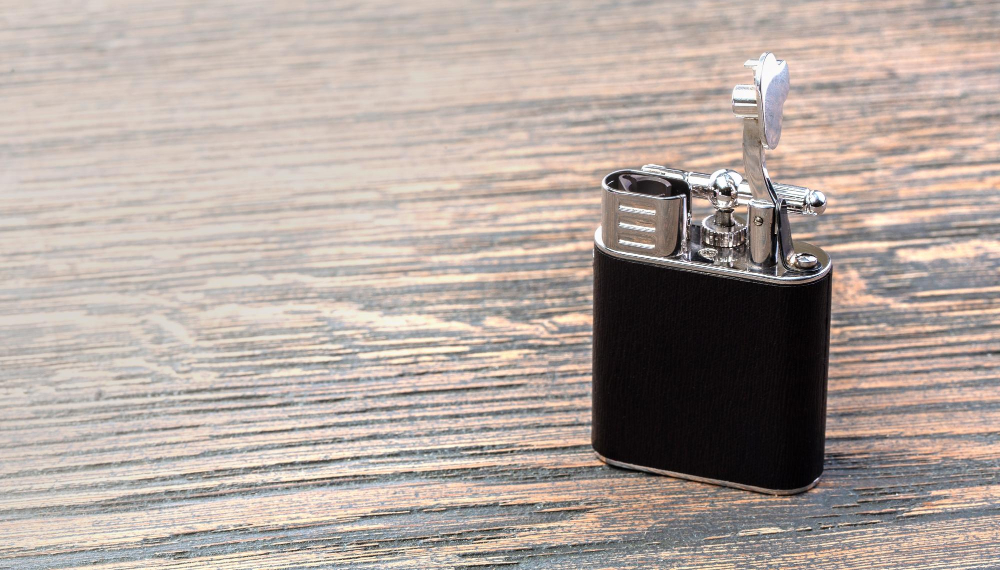
Conclusion
In the battle between old lighters and electric lighters, both sides offer unique merits. Old lighters possess nostalgia, aesthetics, and the joy of collecting, while electric lighters bring forth convenience, sustainability, and innovative technology. The choice ultimately rests on personal preference and the desired experience.
FAQs
1. What are old lighters called?
Old or vintage lighters are commonly called “antique” or “collectible” lighters. These terms emphasize their age and appeal to collectors due to historical significance, unique designs, and craftsmanship, reflecting styles prevalent during their manufacturing era.
2. What goes in old lighters?
Old lighters typically use lighter fluid or liquid fuel, often a type of naphtha, which vaporizes when exposed to air and is ignited by the lighter’s spark. Follow the manufacturer’s recommendations for safe use. Some vintage lighters may no longer be functional and serve as historical artifacts or display items.
3. What is the oldest lighter?
The oldest lighter is known as Döbereiner’s lamp, invented by German chemist Johann Wolfgang Döbereiner in 1823. A hydrogen-based lighter ignited a stream of hydrogen gas on the platinum sponge. While it was not as practical as modern lighters, Döbereiner’s lamp was a significant advancement in fire-making technology and paved the way for developing more modern lighters.
4. Can you use old lighters?
The usability of old lighters depends on their condition. Well-maintained and functional vintage lighters can be used, but factors like fuel leakage or malfunctioning mechanisms may affect safety. Inspect the lighter, follow safety guidelines, and consider consulting experts for restoration if needed. Some collectors prefer keeping vintage lighters for display rather than using them. Exercise caution when using old lighters, and if uncertain, seek professional assessment.
